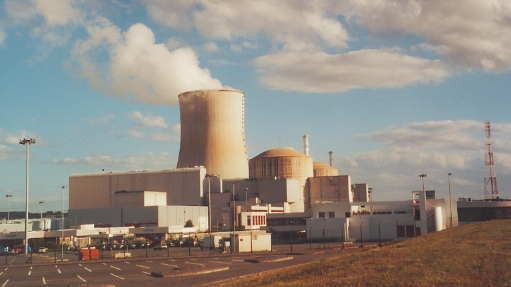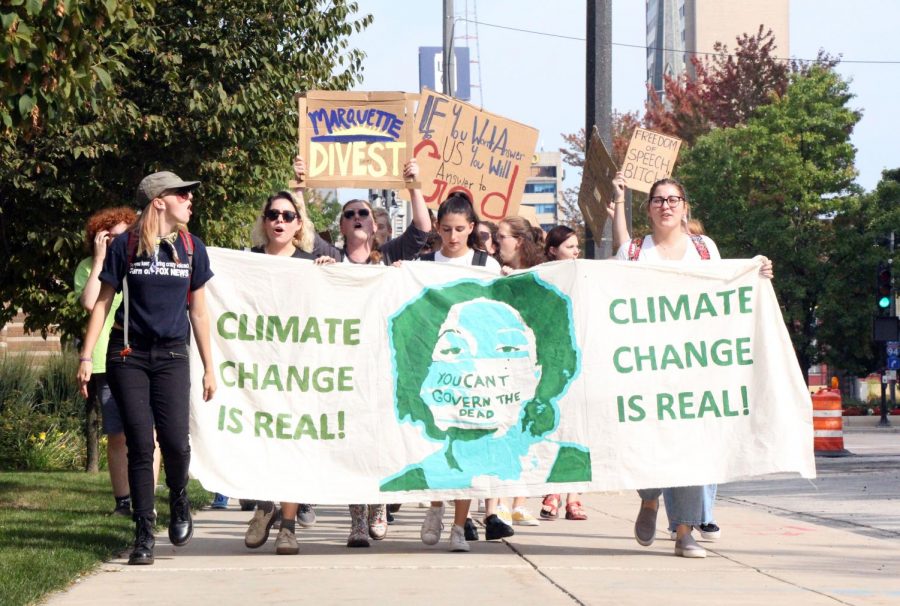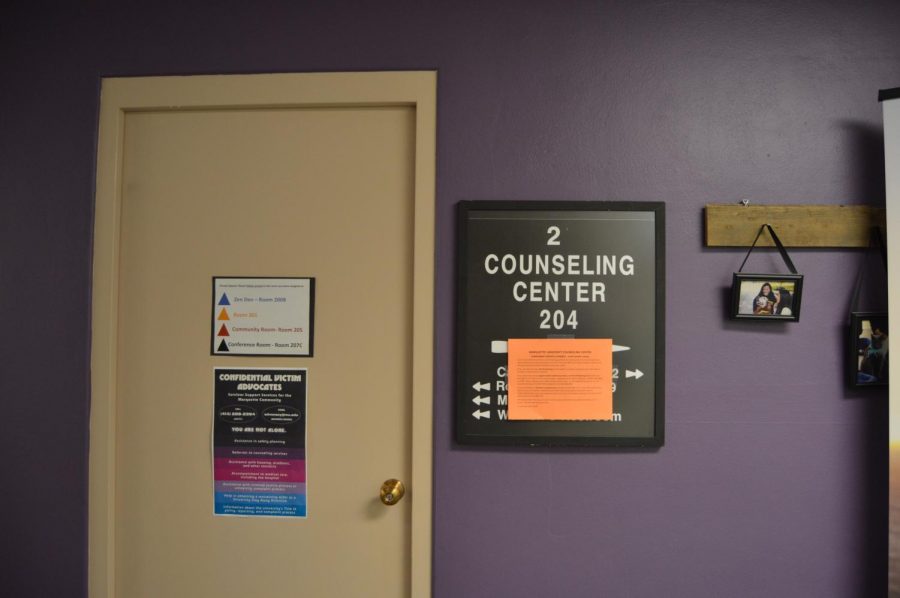
Environmental policies that propose the total upheaval of American institutions and the current state of the economy are simply impractical. Suggestions made by many activists and politicians tend to be vague and lack rational solutions.
The Green New Deal and even the UN’s Sustainable Development Goals for climate change read much more like wish lists than real solutions. They both lay out overarching goals that they desire to accomplish but appear to avoid how these goals would be achieved.
Many of these same activists and politicians espouse an apocalyptic worldview surrounding climate change, which is not supported by recent data. Not to say humans do not have an immense role in influencing climate change.
Humans clearly are the main driver, but the fact is we are not close to a climate change-induced end of the world. The Intergovernmental Panel on Climate Change (IPCC) released its projection report last year which displayed potential climate scenarios ranging from what they call RCP2.6 to RCP8.5 scenarios.
Thankfully, IPCC points out that all extreme climate change projections are considered “low likelihood.”
The most extreme scenario (RCP8.5), which would see an average global temperature increase between 3.7°C – 5.4°C, is projected to only occur if the globe’s greenhouse gas emissions doubled to sextupled by 2100. The most plausible scenario is the RCP3.4 which would see an average global temperature increase of 2.0°C – 2.4°C. The RCP3.4 is not ideal, and humanity should strive to diminish its effects, but this scenario does not display an extinction-level event. Even the RCP8.5 scenario is unlikely to cause humanity’s demise.
These current projections show that humans still have time to implement solutions without completely altering our society and economy. The best solution to pursue is nuclear energy or rely heavily on nuclear energy until renewable technology advances or we create a more efficient solution.
The problem is nuclear energy often has a negative stigma. People think about the tragedies at Chernobyl and Fukushima, and proceed to dismiss the evidence that nuclear energy is incredibly safe, clean and reliable.
Nuclear plants use the process of nuclear fission to break an atom’s nucleus, releasing an enormous amount of energy in the form of heat and radiation. The heat is used to transform water into steam, which proceeds to turn large turbines that generate electricity. This process is astonishingly efficient as well. A nuclear reactor requires around 27 metric tons of Uranium each year and houses 18 million ceramic fuel pellets, which produce as much electricity as 2.5 million metric tons of coal.
Additionally, each fuel pellet produces about the same amount of energy as 150 gallons of oil.
Nuclear energy is a safe and clean way to produce energy. Nuclear energy does not pollute the air but instead releases water vapor. The human death rate for nuclear energy production is only 0.03 deaths per terawatt-hour (one-trillion watts) of electricity produced, resulting in 99.8% fewer deaths than coal and 99.7% fewer than oil. Even hydropower and wind energy produce a slightly higher death rate due to accidents.
It is clear that in order to move away from fossil fuels efficiently, we must pursue nuclear energy.
There is one issue, however, with nuclear energy. Most nuclear power plants were built in the 1970s, so new plants, and technology replacements in old plants, are needed. On average, a nuclear power plant takes about a decade to build and costs around nine billion dollars.
In the meantime, the United States should continue to implement renewable energy sources when available and expand its usage of natural gas. Natural gas is still a fossil fuel, but it is the cleanest and most efficient form of fossil fuel. Making it the perfect energy source to utilize in a transition period from more harmful sources.
An increased dependency on natural gas and nuclear energy in recent years resulted in a decrease in US emissions. The UN’s 2020 Emission Gap Report points out that the United States decreased its CO2 emission by a larger margin than any other major polluting state, even while refusing to participate in the Paris Climate Accords.
Using natural gas until we can fully transition to nuclear and renewable energy is a cleaner way to proceed while maintaining economic proliferation.
None of this is to say that renewable energy should not be used. We should use as much renewable energy as possible and continue to incentivize innovation to better store and implement it. However, the belief that the United States, or any developed country, will be using 100% renewable energy anytime soon is absurd. We must continue to build natural gas pipelines and erect nuclear power plants.
The natural gas to nuclear pathway is the most efficient way to preserve the economy and produce a cleaner world.
This story was written by Jack Radandt. He can be reached at [email protected]




